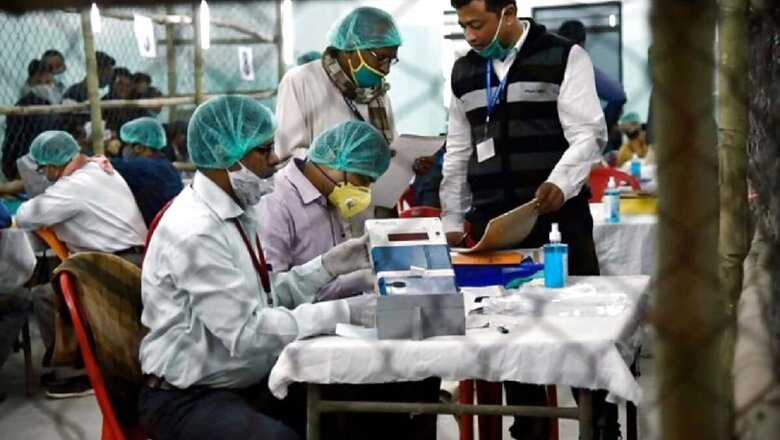
views
News reports are filled with Prime Minister Narendra Modi reiterating his pitch for ‘one nation one election’ to save time, resources and money. Speaking to the All India Presiding Officers Conference on November 26, Modi said, “One nation, one election is not only a subject of debate but a necessity for India. There is an election in India every month, which hampers development. Why should the country waste so much money?”
Modi’s address coincided with the ‘Constitution Day’. November 26 is celebrated every year to commemorate the adoption of the Constitution of India on November 26, 1949, which finally came into effect on January 26, 1950. Our Constitution is the longest of any country in the world that took two years and eleven months to draft at a cost of Rs 64 lakh. How perfect or otherwise it is can be gauged from the 140 times it has been amended already. Incidentally, the first amendment came in April 1950, less than three months after its adoption.
Various political parties claim BR Ambedkar, who chaired the drafting of the Constitution, as their own with the clamour growing closer to elections. But all the political parties, ruling or in opposition, deliberately don’t acknowledge that Ambedkar did not want reservations to go beyond 10 years. So while Ambedkar is placed on a pedestal, his dictum for reservations that should have ended in 1960 is ignored because of vote-bank politics. In fact the latest amendment to the Constitution relates to reservations in the state assemblies and the Lok Sabha.
When the idea of ‘one, nation one election’ was thrown up in 2014, there was speculation that at some point of time Modi wants to change Indian democracy to a presidential form of government, become President himself maybe for life like China’s Xi Jinping and North Korea’s Kim Jong-un. How good or bad that would be with the deteriorating quality of our politicians despite the theatrics of setting up special courts in recent years is a matter of conjecture. Some critics say Modi’s renewed call is to divert attention from accusations that the government’s focus on Bihar elections facilitated Chinese ingress in Ladakh and cover up territory loss.
Notwithstanding all this, there is merit in India adopting simultaneous polls for reasons mentioned by Modi; not that these were not apparent to the layman in the past decades, especially the enormous expenditure and relegation of other national issues in the run-up to and during elections.
In June 2019, the government had invited 40 political parties to discuss ‘one nation, one election’. After the meeting, defence minister Rajnath Singh stated that only 21 parties attended and three other parties sent their views. He also said that the PM was appointing a committee to study the issue. It’s not known whether the committee was formed, if it was then what is its composition, what are its recommendations and whether these will be made public at a politically opportune time. But if the committee has indeed completed its task, would it not be prudent to make the report public, including if changeover to a presidential form of government is the intention?
At a seminar in Beijing a few years ago, the Chinese person chairing a session when asked a question on how China views India replied that India is perpetually busy with issues of temple, mosque, caste, creed, religion and reservation. He did not elaborate further. As per the Election Commission of India, the total number of political parties registered in India is 2,598; eight national parties, 52 state parties and 2,538 unrecognised parties. How can there be national political consensus when ‘nationalism’ itself is defined differently by political parties. The spokesperson of a particular party even said during a TV debate in early 2014 that “nationalism is not relevant to India”.
Yet political consensus comes automatically on issues like amending the FCRA where all political parties benefit financially – as it happened in 2014. Otherwise political consensus and national unity are a chimera because of the inability to manage social change, divisive politics, the enemy within with little fear of retribution and not responding to proxy war by our enemies in the same kind. All these make India an open asymmetric battlefield, which is exploited by inimical forces. Besides, examine the state of affairs in the Maoist belt, West Bengal, Kerala and Kashmir and how we have handled them.
Before we go into the pros and cons of ‘one nation, one election’, which is the current focus of debate in the media, we might as well examine the feasibility of executing it against the following backdrop:
· In a small state like Chhattisgarh, the number of Central Armed Police Forces (CRPF) companies is built up to 165 or more for elections. What then is the quantum of security forces we would need to execute simultaneous polls? Will we deploy our Army, Navy and Air Force for the task and will even that be sufficient?
· In a number of states, elections are spread over multiple phases because of multiple reasons. How many phases do we plan to stagger the simultaneous polls and spread over how many weeks or months? If we are planning to copy the US presidential elections, we certainly are liable to much more disruptions which are non-existent in the United States.
· Look at the number of rallies that Modi has to personally hold before state elections in addition to other union ministers and chief ministers to ensure a BJP win. Will the clubbed elections witness the same number of rallies covering all states albeit spread over 4-5 years? On the other hand, if we are looking at electronic rallies, one single such rally by the union home minister reportedly cost Rs 11 lakh just to put up the huge screens.
There is no doubt ‘one nation, one election’ can be pushed through by majority vote in Parliament or just passing an ordinance despite the opposition howling or boycotting the motion, with the judiciary saying it is an issue for the legislature. But clearly the issue needs to be debated in much more detail. For example, over the past six years, voters in states have voted for one party while choosing an MLA but differently when voting for a Member of Parliament – for very valid reasons. How would this play out in simultaneous polls? Are we restricting the choice of citizens?
(The author is an Indian Army veteran. Views expressed are personal)
Read all the Latest News, Breaking News and Coronavirus News here












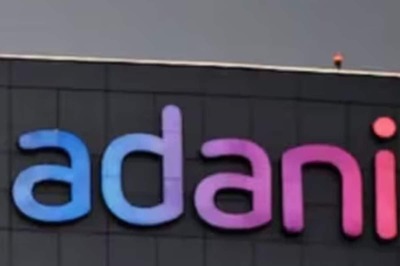

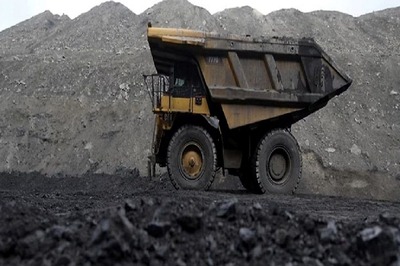
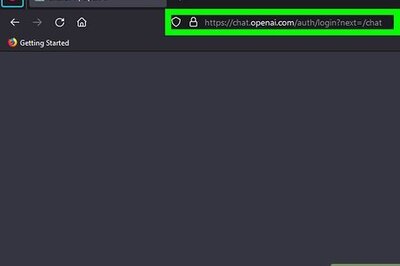

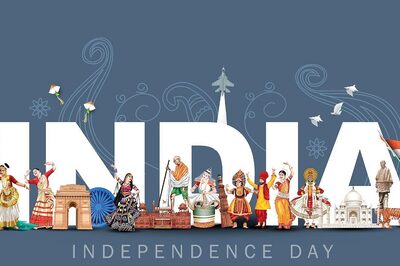
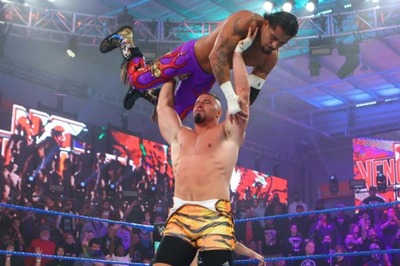
Comments
0 comment